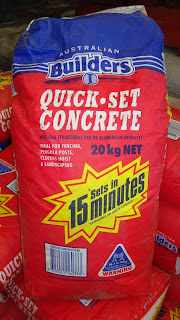 |
| M.V. Meister |
Six Greenpeace activists boarded the coal ship Meister bound for South Korea from Queensland's Abbot Point terminal, in a protest at the increased export of coal. They then expected the captain to detour with his multi-million dollar loaded vessel and drop them off at their convenience!
 |
| Newcastle coal loader |
How are you supposed to ignore global demand for a resource when Australia sits on the 4th largest reserves, earning $60 billion annually? In fact, the world would grind to a halt without coal, with at least half of production used in the generation of electricity and another large proportion used in the manufacture of iron and steel, plus drugs, dyes and fertilizers.
Let’s leave others to haggle over global warming, 'carbon pollution' (all living things are made of carbon!), carbon footprints , carbon emission trading schemes and carbon credits, and see where this handy fossil-fuel came from. The claim is that peat below swamps has been continuously buried by sediment during 1 to 400 million years, forming coal. How well does this claim stack up?…
Urrr…where have we heard that story before? Perhaps coal is really an embarrassment – a vital resource that tells a story people don’t want to know.
Recommended viewing: www.undergroundcoal.com.au
www.youtube.com/watch?v=649dZPCTD30
Acknowledgements:
World Book 2005
en.wikipedia.org www.australiancoal.com.org
Photo credit: M.V. Meister / greenpeace.org





